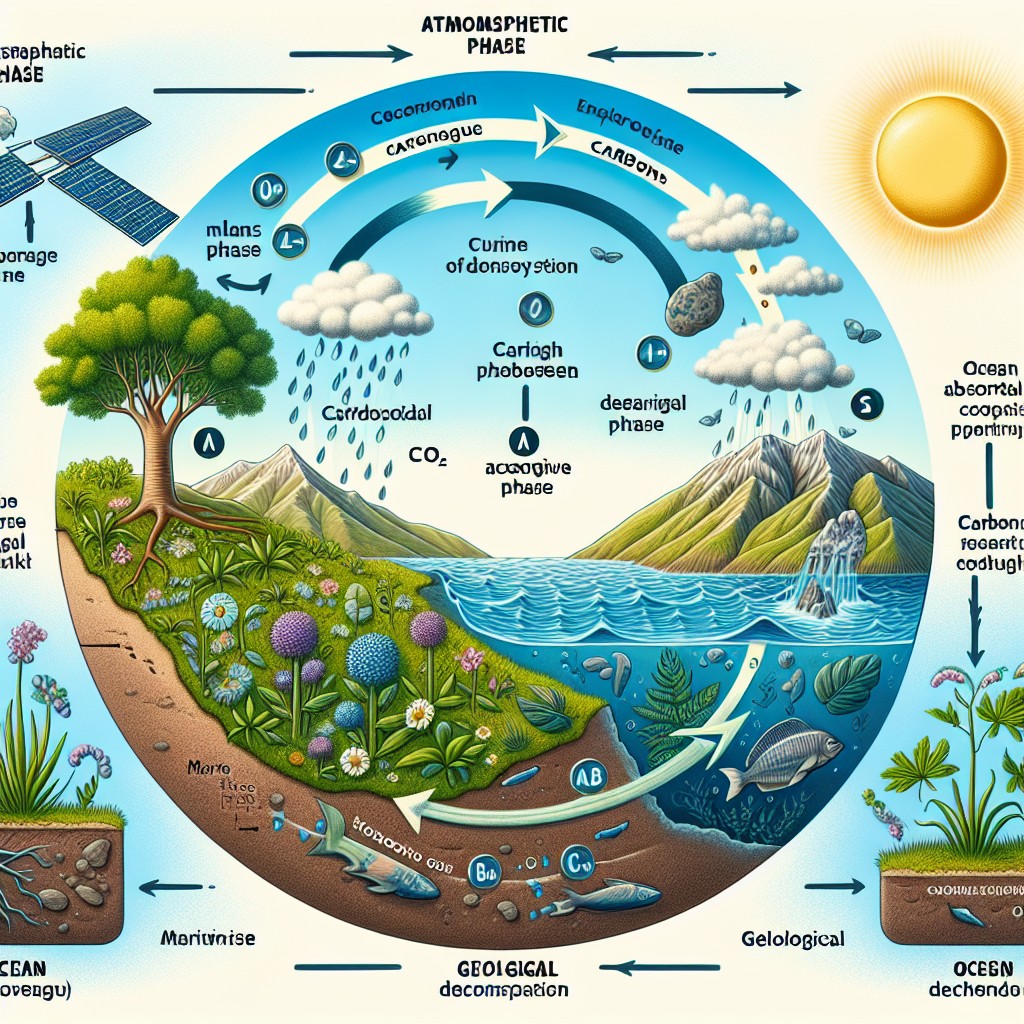Neon, with its vibrant and captivating glow, is one of the most fascinating elements in the periodic table. It is a chemical element with the symbol Ne and atomic number 10. Neon is a noble gas, which means it is odorless, colorless, and tasteless. However, when an electric current is passed through it, it emits a bright orange-red light that is instantly recognizable.
Neon gets its name from the Greek word “neos,” meaning new. It was named by Sir William Ramsay and Morris Travers, who discovered the element in 1898. Neon is the fifth most abundant element in the universe, but it is relatively rare on Earth. It is extracted from the Earth’s atmosphere through a process called fractional distillation of liquid air.
Summary
- Neon is the brightest element in the periodic table.
- Neon was discovered in 1898 and has since been used in a variety of applications.
- Neon has unique properties, including its ability to glow without heat or electricity.
- Neon lighting has been used to illuminate signs and buildings for over a century.
- Neon continues to be used in science, medicine, industry, and art, with advancements and innovations in technology on the horizon.
History of Neon: From Discovery to Modern Applications
The discovery of neon can be attributed to Sir William Ramsay and Morris Travers, who were conducting experiments on liquefied air. They were able to isolate neon by removing all other gases from the liquefied air through a series of processes. This discovery marked the first time that a noble gas had been identified.
In the early years after its discovery, neon was primarily used in scientific experiments to study its properties and behavior. However, it wasn’t until the early 20th century that neon lighting became popular. Georges Claude, a French engineer, developed a method for producing neon lights by passing an electric current through a sealed tube filled with neon gas. This invention revolutionized the advertising industry and gave birth to the iconic neon signs that we still see today.
Today, neon has found its way into various industries and applications. It is used in lasers, television tubes, cryogenics, and even as a coolant in nuclear reactors. Its unique properties make it an essential element in many scientific and technological advancements.
Properties of Neon: Understanding its Unique Characteristics
Neon is a noble gas, which means it is highly stable and does not readily react with other elements. It has a full complement of electrons in its outer shell, making it chemically inert. This stability gives neon its unique properties, such as its ability to emit a bright light when an electric current is passed through it.
Neon has an atomic structure that consists of 10 protons, 10 neutrons, and 10 electrons. Its atomic weight is 20.18 atomic mass units. It has a boiling point of -246.048 degrees Celsius and a melting point of -248.59 degrees Celsius. Neon is lighter than air and is not soluble in water or other common solvents.
Compared to other noble gases, neon has the lowest boiling point and melting point. It also has the highest ionization energy, which means it requires a significant amount of energy to remove an electron from a neon atom. These properties make neon an ideal element for use in lighting and other applications that require stable and reliable performance.
Neon Lighting: Illuminating the World with its Radiant Glow
| Country | Neon Lighting Production (in tonnes) | Energy Consumption (in kWh) | CO2 Emissions (in tonnes) |
|---|---|---|---|
| United Kingdom | 1,200 | 2,500 | 1.5 |
| United States | 8,500 | 18,000 | 10.5 |
| China | 12,000 | 25,000 | 15.0 |
| Japan | 6,000 | 12,500 | 7.5 |
Neon lighting has become synonymous with vibrant and eye-catching displays. The technology behind neon lighting involves passing an electric current through a sealed glass tube filled with neon gas. When the current passes through the gas, it excites the neon atoms, causing them to emit light.
Neon lighting has been used in various architectural and design applications. It can be seen in iconic landmarks such as the Las Vegas Strip, where neon signs light up the night sky. Neon lighting is also used in interior design to create unique and atmospheric spaces.
In the entertainment industry, neon lighting plays a crucial role in creating captivating visual effects. It is commonly used in stage productions, concerts, and nightclubs to enhance the overall experience for the audience. The vibrant colors and dynamic nature of neon lighting make it a popular choice for creating a visually stunning atmosphere.
Neon Signage: A Nostalgic Art Form that Continues to Thrive
Neon signage has a rich history that dates back to the early 20th century. The first neon sign was created by Georges Claude in 1910, and it quickly gained popularity as a form of advertising. Neon signs became a symbol of modernity and progress, and they were widely used to attract customers to businesses.
Over the years, neon signage has evolved into an art form of its own. The craftsmanship and skill required to create intricate neon signs have made them highly sought after by collectors and enthusiasts. Many iconic neon signs from the past are now considered works of art and are preserved in museums and galleries around the world.
Despite the rise of digital signage, neon signs continue to thrive and maintain their popularity. The nostalgic appeal of neon signs, combined with their unique aesthetic qualities, makes them a preferred choice for businesses and individuals looking to make a statement.
Neon in Science: Contributions to Research and Technology

Neon has made significant contributions to scientific research and technology. Its stable and inert nature makes it an ideal element for use in various scientific experiments. Neon is commonly used in lasers, where it serves as a lasing medium to produce coherent light.
In the field of spectroscopy, neon is used as a calibration standard due to its well-defined emission spectrum. This allows scientists to accurately measure the wavelengths of light emitted by other substances.
Neon is also used in cryogenics, where it is employed as a coolant in superconducting magnets. Its low boiling point and ability to remain in a gaseous state at extremely low temperatures make it an excellent choice for this application.
Furthermore, neon is used in television tubes to create the red color in RGB displays. Its ability to emit light when excited by an electric current makes it an essential component in the production of vibrant and high-quality images.
Neon in Medicine: Diagnostic and Therapeutic Applications
Neon has found various applications in the field of medicine. In diagnostic imaging, neon is used as a contrast agent in magnetic resonance imaging (MRI). When injected into the body, neon gas enhances the visibility of certain tissues and organs, allowing for more accurate diagnoses.
Neon gas is also used in neonatal care to treat infants with respiratory distress syndrome. The gas helps to open up the airways and improve oxygenation, providing relief to newborns who are struggling to breathe.
In addition, neon has shown potential for therapeutic applications. Research is being conducted to explore its use in treating certain types of cancer. Preliminary studies have shown that neon gas can inhibit the growth of cancer cells and enhance the effectiveness of chemotherapy drugs.
Neon in Industry: From Welding to Cryogenics
Neon has a range of industrial applications due to its unique properties. In welding and cutting, neon is used as a shielding gas to protect the weld area from atmospheric contamination. Its inert nature prevents oxidation and ensures a clean and strong weld.
Neon is also used in cryogenics and refrigeration. Its low boiling point makes it an ideal coolant for applications that require extremely low temperatures. Neon is used in cryogenic systems to achieve temperatures as low as -269 degrees Celsius.
Furthermore, neon is used in the production of high-voltage indicators and lightning arrestors. Its ability to emit light when an electric current is passed through it makes it a reliable choice for these applications.
Neon in Art: Creative Uses of the Element in Contemporary Art
Neon has become a popular medium for contemporary artists looking to create visually striking and thought-provoking works of art. The vibrant colors and dynamic nature of neon lighting make it an ideal choice for artists seeking to engage their audience and make a statement.
Artists such as Tracey Emin, Bruce Nauman, and Dan Flavin have embraced neon as a medium for their artistic expression. They use neon lighting to create installations, sculptures, and text-based artworks that explore themes of identity, language, and social commentary.
Neon art has the ability to transform spaces and create immersive experiences for viewers. Its radiant glow and captivating presence make it a powerful tool for artists to convey their ideas and emotions.
Future of Neon: Advancements and Innovations in Neon Technology
The future of neon holds exciting possibilities for advancements and innovations in technology. Researchers are exploring ways to improve the efficiency and lifespan of neon lighting. This includes developing new materials and techniques that can enhance the performance of neon lights while reducing energy consumption.
In the field of medicine, neon gas is being studied for its potential therapeutic applications. Ongoing research aims to further understand its effects on cancer cells and explore its potential as a targeted therapy.
Furthermore, advancements in nanotechnology may lead to new applications for neon. Scientists are investigating the use of neon nanoparticles for drug delivery systems and imaging techniques.
In conclusion, neon is a remarkable element that has captivated scientists, artists, and industries alike. Its unique properties and vibrant glow have made it an essential component in various fields, from lighting and signage to medicine and scientific research. As technology continues to advance, the future of neon holds exciting possibilities for further innovation and discovery.
FAQs
What is Neon (Ne)?
Neon (Ne) is a chemical element with the atomic number 10 and symbol Ne. It is a noble gas and is the second-lightest noble gas, after helium.
What are the properties of Neon (Ne)?
Neon is a colourless, odourless, tasteless, and non-toxic gas. It has a very low boiling point and is the second-lightest noble gas. Neon is chemically inert and does not react with other elements.
Where is Neon (Ne) found?
Neon is a rare gas and is found in the Earth’s atmosphere in trace amounts. It is also found in some minerals and in the gases emitted by some hot springs.
What are the uses of Neon (Ne)?
Neon is used in lighting, such as neon signs and fluorescent lamps. It is also used in cryogenics, as a refrigerant, and in gas lasers. Neon is also used in the medical field for its ability to detect blood flow and in the aerospace industry for its use in pressurizing rocket fuel.
Is Neon (Ne) dangerous?
Neon is not considered to be dangerous as it is non-toxic and does not react with other elements. However, it can displace oxygen in poorly ventilated areas, which can lead to asphyxiation. It is important to handle neon with care and in well-ventilated areas.


